Delhi India is a city that shows many sides all at once. Old and new. Calm and chaotic. Simple and grand. Walking its streets, you find history blending with everyday life, rich aromas mixing with the sound of lively conversation. For anyone curious about India’s past and present, Delhi offers a deep look into its culture and spirit. If you want to know how life beats in this great metropolis, let me share some moments and places that stayed with me after spending weeks here.
Table of Contents
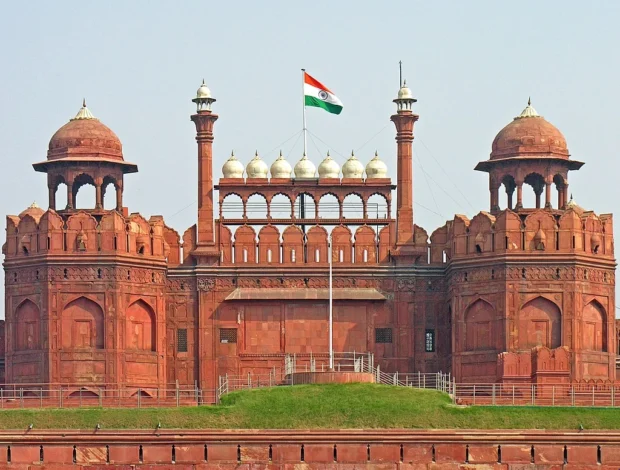
Historic Places That Tell Delhi’s Story
Delhi has been home to many emperors and dynasties, leaving behind wonderful monuments. The Red Fort stands proudly on the banks of the Yamuna River. Inside its red sandstone walls, you can almost hear whispers of Mughal kings planning their days. I loved sitting near the Lahori Gate early in the morning when the chaos hasn’t yet arrived. It felt like touching history without the usual tourist rush.
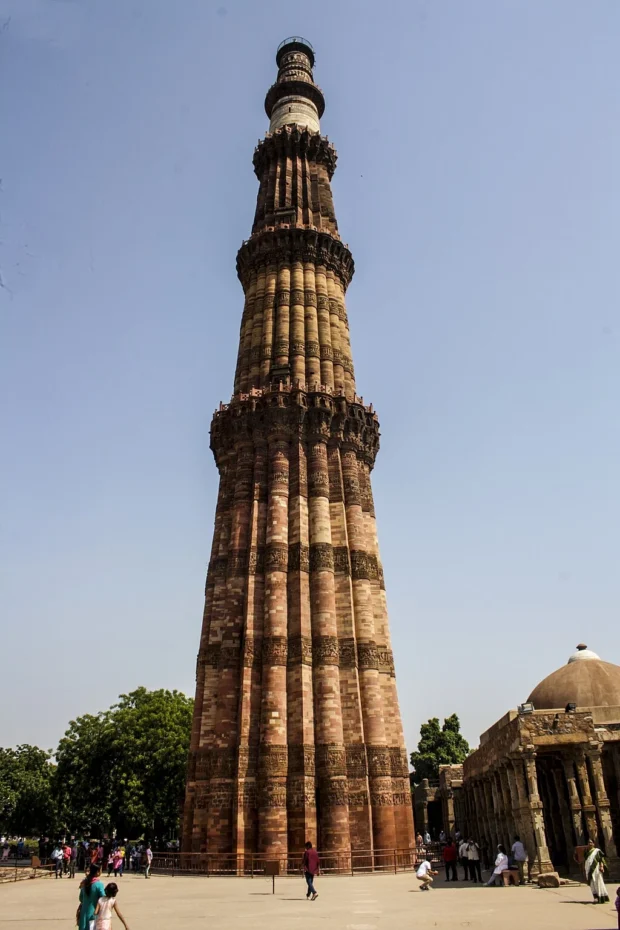
Nearby, Jama Masjid, one of India’s largest mosques, offers a quietude that contrasts with the busy lanes outside. Climbing the minaret there gives you a broad view of Old Delhi’s maze-like streets. Some alleys are so narrow that sun rarely touches the ground. Inside these shadows, small shops sell spices, sweets, and old trinkets. It’s easy to lose track of time here, weaving in and out of the past and present.
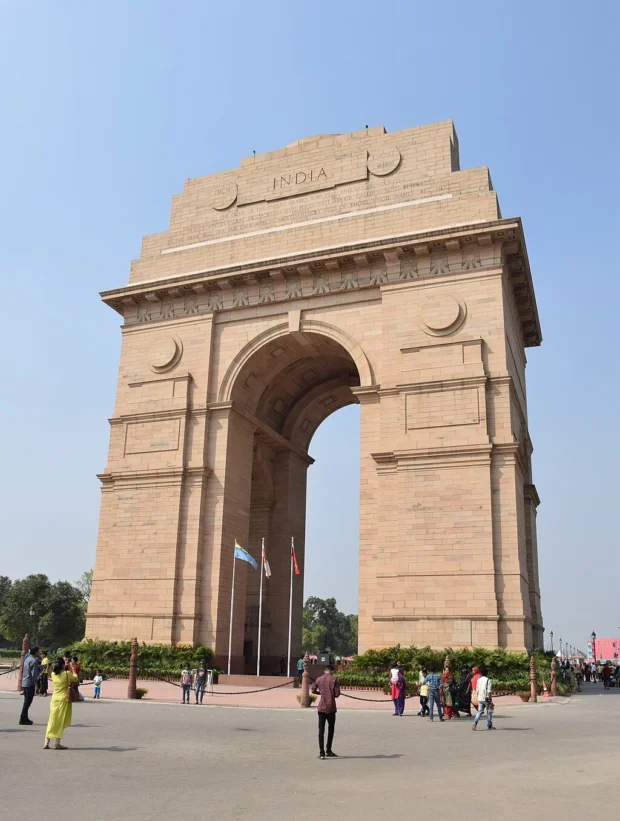
Then there is Humayun’s Tomb, a peaceful garden tomb that inspired the Taj Mahal’s design. It’s less crowded and more serene in the late afternoon. I met a group of local artists sketching, drawing inspiration from its delicate arches and symmetrical beauty.
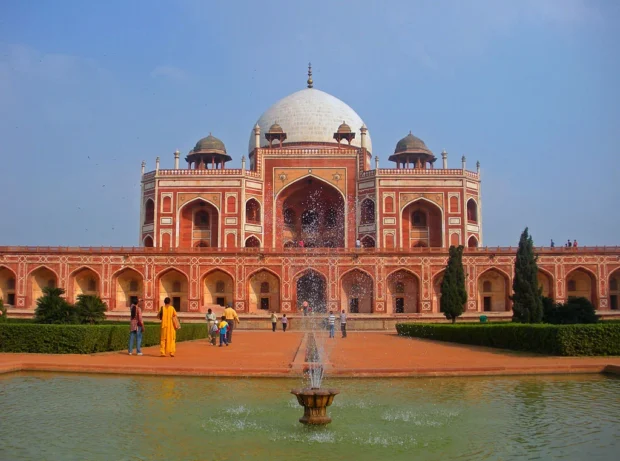
Hidden Corners beyond the Famous Sights
While the popular sights are stunning, Delhi holds quiet corners too. The narrow lanes of Chandni Chowk, beyond the usual hustle, hide old sweet shops where traditional Indian sweets are made by hand. I tried “balushahi” here, a flaky, syrup-soaked doughnut-like treat, fresh and unlike anything you find in supermarkets.
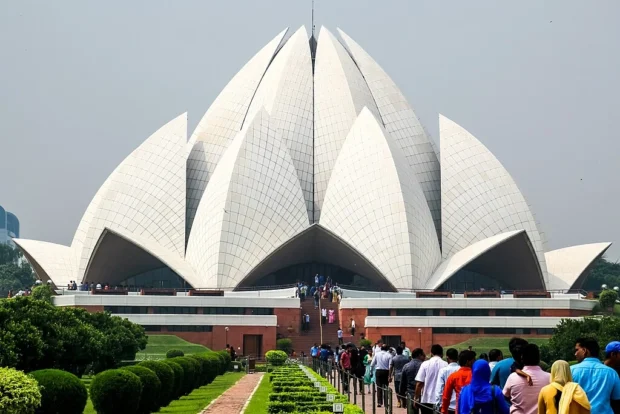
Another spot less on tourists’ maps is Lodhi Art District, an open-air gallery with colorful murals painted on old walls. Walking here feels like a vibrant conversation between modern artists and the city’s history. Often, you’ll find students or photographers pausing to capture the interplay of light and color.
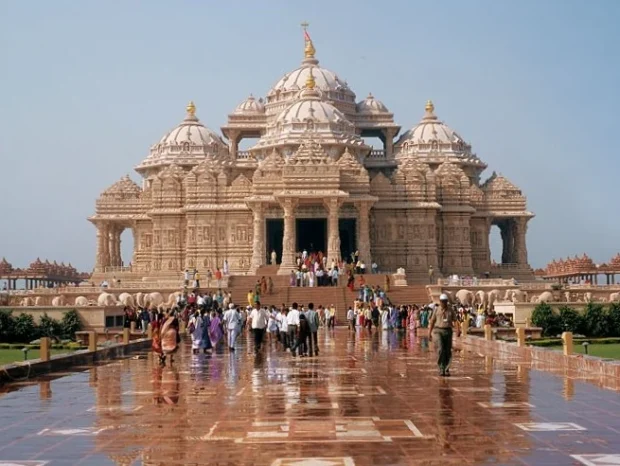
Living in Delhi: Where to Stay and Move Around
Choosing where to stay in Delhi depends on what you want to experience. South Delhi offers green spaces and quieter neighborhoods with easy access to museums and parks. Central Delhi is full of old charm and street energy but can feel overwhelming if you prefer calm.
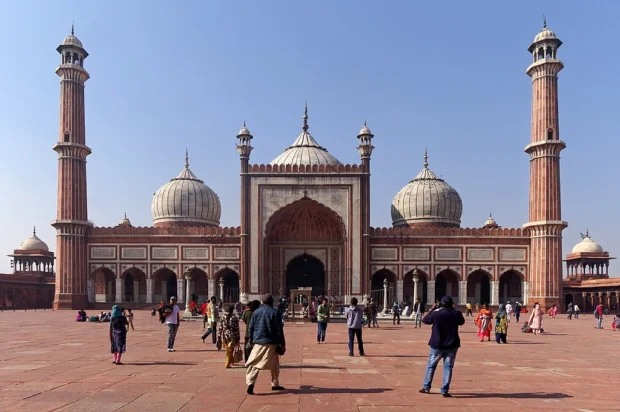
Getting around the city is an experience itself. The metro system is fast, clean, and connects most tourist spots efficiently. From Indira Gandhi International Airport, a metro ride takes about 45 minutes to the city center. I found it simpler than expected, and locals were often happy to help with directions.
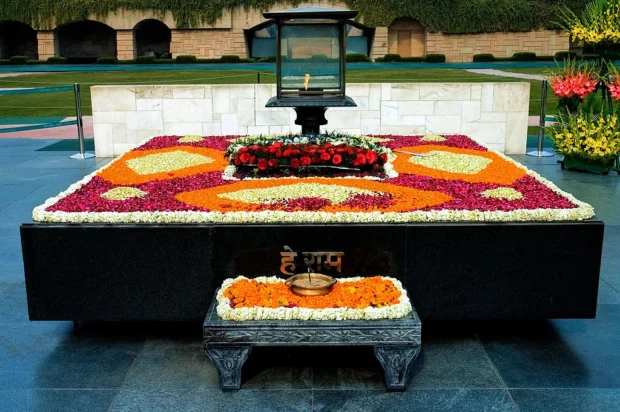
Buses and auto-rickshaws fill the gaps but can be crowded and confusing for newcomers. Don’t rush-watch how people board and ask before you get in. Walking is a good way to soak in smaller neighborhoods, though keep an eye on traffic patterns as Delhi’s roads can be lively.
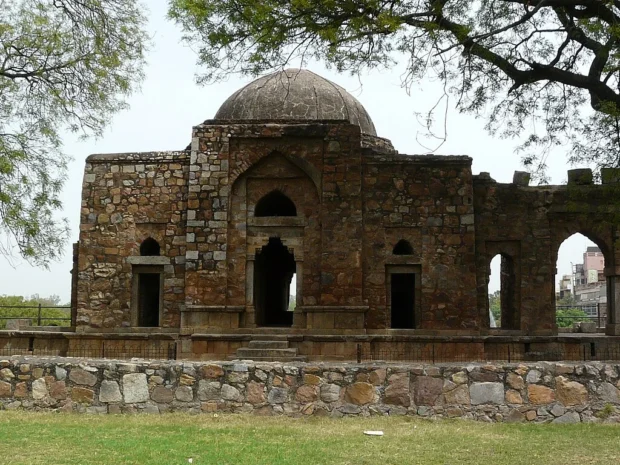
Delhi’s Food and Neighborhoods with Taste
Food in Delhi is a world to itself, shaped by centuries of cultural mixing. The district of Karol Bagh is famous for street food stalls selling spicy chaat, a tangy snack made with potatoes, chickpeas, and tamarind sauce. I found myself stopping there almost every afternoon, drawn by the noisy cooking and tempting smells.
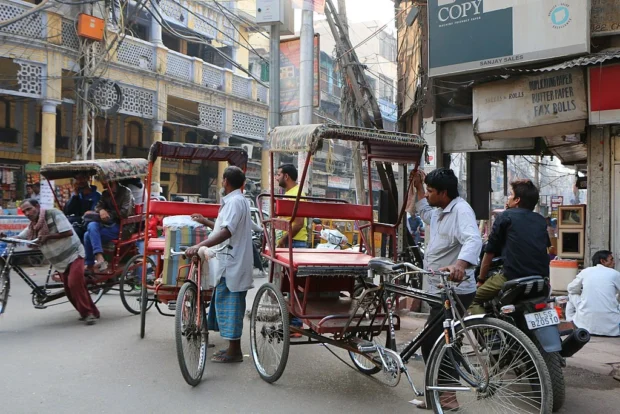
In Old Delhi, modest eateries serve the city’s famous butter chicken and dal makhani-rich, creamy lentils. Each place has its own secret recipe passed down through generations. Trying different versions became a delightful quest for me. South Delhi, with its many cafes and bakeries, offers lighter options and modern fusion dishes but still carries the city’s flavor in every bite.
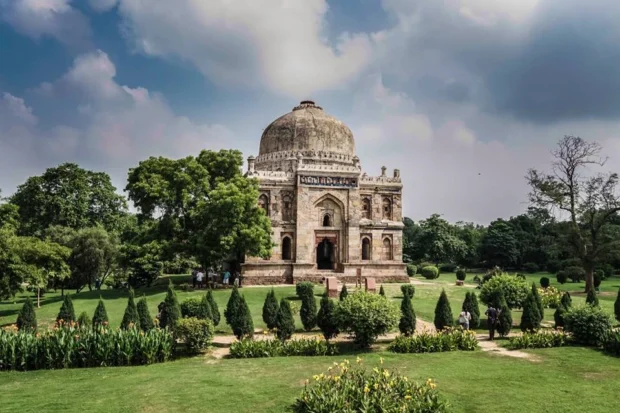
Understanding Delhi’s Culture and Customs
Living in Delhi means respecting traditions and embracing differences. People greet with “Namaste” folding hands, a quiet but warm gesture. Shoes are often removed before entering homes or temples, showing respect for sacred spaces. While many dress in western clothes, traditional saris and kurtas are common and a colorful sight.
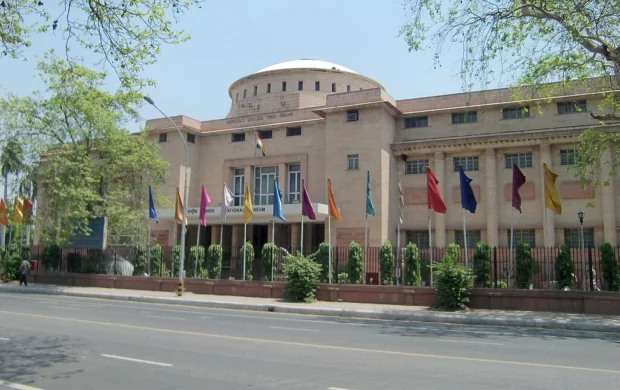
Women and men may sit separately in some religious sites, but overall, the city feels inclusive. It’s best to avoid loud or disrespectful behavior near holy places and always ask permission before photographing people, respecting their privacy.
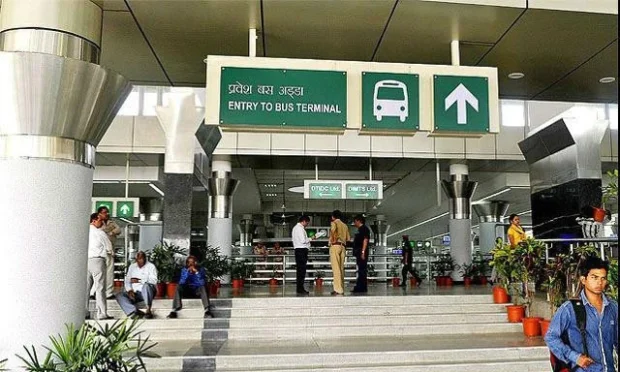
Stories from the Streets and Daily Life
One evening, I wandered into a small park near Connaught Place where an elderly man played a flute as children listened. This simple moment repeated the timeless connection humans share, regardless of culture. Another day, while sipping chai at a bustling corner, a shopkeeper explained how his family had sold spices here for four generations. Stories like these make the city feel alive, beyond its buildings and monuments.
For those intrigued by historic landmarks, the Brandenburg Gate in Berlin offers a powerful story of architecture and history that complements Delhi’s rich heritage.
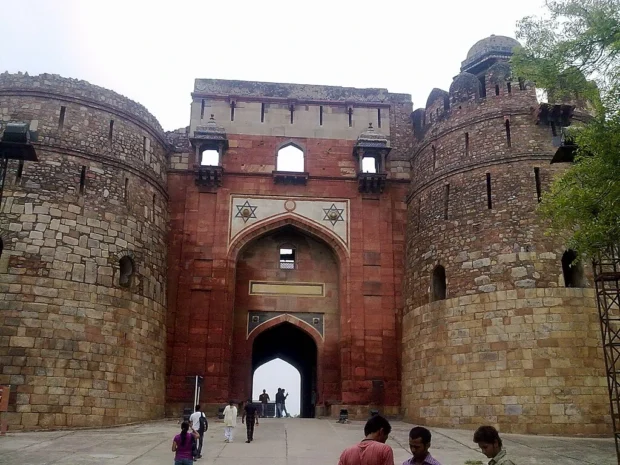
Many Delhi residents celebrate festivals with great enthusiasm. During Diwali, the Festival of Lights, houses and streets glow with lamps and fireworks. Watching families prepare sweets and decorate windows gave me a glimpse into their joy and hopes.
If you wish to see another important symbol of Delhi’s layered history, the India Gate post highlights how this monument blends memory and daily city life beautifully.
Architectural Layers and Urban History
Delhi’s buildings tell layered stories. From the ancient ruins of Qutub Minar to the colonial-era structures around India Gate, you can trace changes in power and taste. The clean lines of modern glass towers contrast sharply with ornate Mughal gardens and markets. Walking between these different styles feels like passing through chapters of a living history book.
Delving into urban history, I learned how Delhi became the center of different empires, each leaving marks in art and architecture. The city is not just about monuments but how people have shaped and adapted to it over centuries.
Visiting Delhi may challenge your senses and patience at times, but it rewards with layers of meaning, colors, and tastes that stay long after you leave.
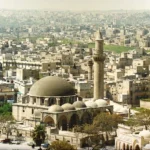
Traveler exploring cultural intersections, sharing reflections on similarities and differences between traditions, lifestyles, and food.
- India Gate in New Delhi 03-2016 by A.Savin on Wikimedia Commons – fal
- India-0037 – Flickr – archer10 (Dennis) by Dennis G. Jarvis on Wikimedia Commons – cc by-sa 2.0
- Qutub Minar, Delhi 09 by Indrajit Das on Wikimedia Commons – cc by-sa 4.0
- India Gate, New Delhi, India by Mr. Debapriya Hore on Wikimedia Commons – cc by-sa 4.0
- Humayun's Tomb, Delhi, India 3 by ABHIJITJAWANJAL on Wikimedia Commons – cc by-sa 3.0
- Lotus Temple, located in Delhi, India, is a Bahá'í House of Worship by Buete on Wikimedia Commons – cc by-sa 4.0
- Akshardham Delhi by Swaminarayan Sanstha on Wikimedia Commons – cc by-sa 3.0
- 20191203 Wielki Meczet w Delhi 0700 6459 DxO by Jakub Hałun on Wikimedia Commons – cc by-sa 4.0
- Gandhi Memorial by Humayunn Niaz Ahmed Peerzaada from Mumbai, India on Wikimedia Commons – cc by-sa 2.0
- Hauz Khas Complex Madrasa (3547616782) by Varun Shiv Kapur from New Delhi, India on Wikimedia Commons – cc by 2.0
- Chandni Chowk. Delhi, India (23201844500) by Juan Antonio Segal from Madrid, Spain on Wikimedia Commons – cc by 2.0
- Lodhi Garden, Delhi, India by Tanviechpilani on Wikimedia Commons – cc by-sa 4.0
- India national museum 01 by Miya.m on Wikimedia Commons – cc by-sa 3.0
- Maharana Pratap ISBT Entrance by ArmouredCyborg on Wikimedia Commons – cc by-sa 4.0
- Purana Qila, Delhi, 2012 by Niteshjha1 on Wikimedia Commons – cc by-sa 3.0
